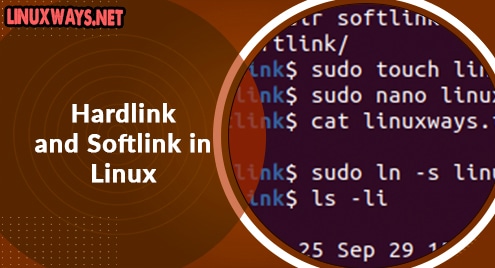Wine is a great addition to the family of applications for almost every Linux Distribution. Earlier, it was a very difficult thing to use Windows applications on our Linux Distributions. Other than that, only limited applications used to come for Linux distributions. But because of Wine, now we can use the majority of the applications on Windows.
Advantages of Wine
Windows Application Compatibility: Wine allows running Windows applications on Linux and macOS systems, providing access to a wide range of software that might not have native alternatives.
No Virtualization Overhead: Unlike traditional virtualization methods, Wine does not require a full Windows operating system, reducing resource overhead and allowing for more efficient use of system resources.
Seamless Integration: Wine integrates Windows applications with the host operating system, enabling file associations and direct access to local files, enhancing user experience and workflow.
Regular Updates and Improvements: Wine is actively developed and updated by a dedicated community, ensuring ongoing support for new Windows software and compatibility improvements.
Cost-Effective Solution: Wine is a free and open-source software, providing a cost-effective solution for running specific Windows applications on non-Windows platforms, eliminating the need for a Windows license.
Installation process
We can Install and configure Wine easily on every Linux distribution. But here, we will only discuss installing it on Debian 12.
Update Debian 12
If we update our systems before installing any package or application, it will make sure that we have all the latest packages.

Install i386 Architecture
After the update, we need to install the i386 architecture in our Debian. Because Wine is available for 32-bit architecture.

Download WineHQ key
We have to download and add the WineHQ key for our Debian. First, we will create a directory
$ sudo wget -O /etc/apt/keyrings/winehq-archive.key https://dl.winehq.org/wine-builds/winehq.key


Add Wine Repository
We are ready to add the Wine repository in our Debian 12.

Re-Update the Debian
Again we need to update the Debian one more time.

Install Wine
Everything is set and we can install and configure our Wine now.

Verify the Wine Installation
To verify if Wine got installed in Debian 12 or not, we will check the version of Wine.

We have successfully installed wine in our Debian 12.
Uninstallation of Wine
It is always a better idea to keep wine installed in our Debian 12. But in case if we have to uninstall it, we can use the command as.

This command will remove the Wine package from your system.
Additionally, you can run the following command to remove any remaining configuration files related to Wine:

Conclusion
Wine application is a handy application for Linux users to use Windows-based applications. Installation of Wine is really easy as we have seen in this article. Sometimes, we might require adding the i386 architecture. Other than that, the installation process is really simple to follow.



